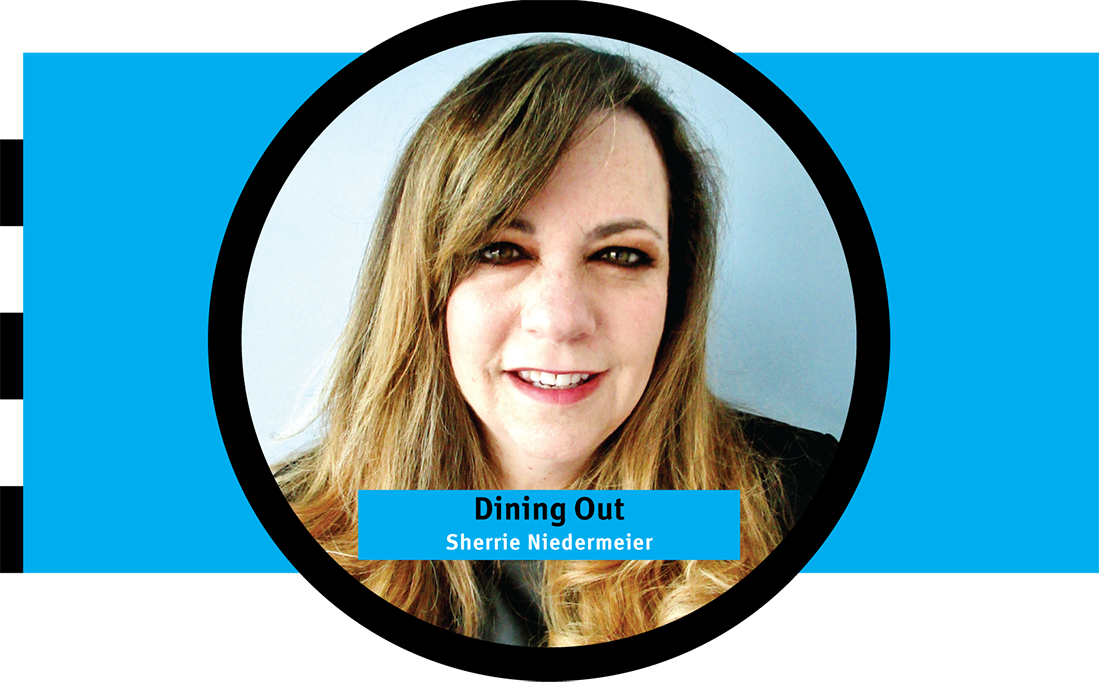Sometimes life conspires to bring me the same information over and over again. In these cases, I pay attention! Such is the case with the Three Sisters. I met them first on a trip to New Mexico in October and since then, they have popped up a couple more times.
The Three Sisters are not new friends, but instead, they are recipe ingredients. It was at the Indian Pueblo Cultural Center in Albuquerque that I tried such a dish for the first time. Some kind of bean, plus some kind of squash, plus some kind of corn work together to make a Three Sister meal, which has been called “the best diet humans ever invented.” It is high in complex carbs, niacin, folate, and all the amino acids while having no fats, pesticides, or hormones. These accolades come to us from Dan Buettner, a National Geographic Fellow, and author of several best-selling books on longevity.
The Three Sisters also grow in an amazing environment that has as many implications for humans as there are nutrients in the dish. But I’ll get there in a minute…
While in New Mexico, I ate Three Sisters at two different restaurants. Each had different beans, squash, and seasonings, which made for entirely different dishes. Since I have been home, I have found many Three Sisters recipes online. Historically, I have not been a vegetarian, but I like to eat a plant-based meal every now and again. I’ll add a recipe to the end of the story. It’s a cold salad that can wait in the refrigerator thus making a healthy choice an easy choice.
Back to Dan Buettner, pay attention to his name. Now that you have heard it, life will conspire to bring you stories about him over and over again. NPR’s TED Radio Hour featured him in a story called, “Beans, Steep Hills, and Friendship: The Surprising Secrets of Longevity.” Dr. Sanjay Gupta featured him on his CNN podcast, “Chasing Life.” The episode is called, “Lessons in Longevity.” And then of course, there is Dan Buettner’s four-part documentary on Netflix, “Live to 100: Secrets of the Blue Zones.”
Like Three Sisters and Dan Buettner, now that you have heard the words, Blue Zones, they too will be everywhere. There are five Blue Zones in the world. All are known for their longevity as measured by having the lowest rate of middle age mortality and the highest rate of centenarians. The people in these areas are NOT getting diabetes, cardio vascular disease, cancers of the GI tract, or dementia. Buettner teamed up with National Geographic and the National Institute on Aging in 2004 to identify these regions. They are: Sardinia (Italy), Okinawa (Japan), Nicoya (Costa Rica), Ikaria (Greece), and Loma Linda, California.
I could go on and on about the Blue Zones — it is so interesting to read about — but for my purpose today, please know that all five of these regions eat a plant-based diet, and in Nicoya, they eat Three Sisters. Bingo! Buettner said the magic words and got my attention!
Before anyone gets too nervous about the concept of a plant-based diet, there are more things to emulate in the Blue Zones than a “plant slant.”
They end work at a reasonable hour and then spend time with friends and their cherished families.
While the latest science is telling all of us that any alcohol consumption is too much alcohol consumption, in Blue Zones drinking a couple of glasses of red wine a day is common. The caveat being that people drink in community, which makes drinking a part of human connectivity.
If that’s not great enough, the folks in Blue Zones don’t join gyms! They move as a natural part of life — walking wherever they go, and working in their gardens.
Overall, the culture and geography of these regions make the healthy choice the default choice.
Trying to apply all this wisdom to our lives now, Dan Buettner has worked with many communities in the U.S. to help them become modern Blue Zones. One of them is Fort Worth, Texas. Working with the mayor, their plan was to make the city more walkable and bike-able. From 2010 to 2018, bike lanes increased from 9.6 miles to 86.8. Working with restaurants, schools, and grocery stores, they convinced these entities to make healthy choices more accessible and less expensive. Restaurants, for instance, have a special insignia in the window if they offer such a choice. A good decision is at the ready for the consumer.
This brings me back to the recipe I promised. To reiterate, it’s a cold salad — an easy choice waiting for you in the refrigerator. This recipe is slightly adapted from one created by Chef Kirk Ermine at Canadian Food Focus dot org.

Three Sisters Salad
4 cups of peeled butternut squash cut into ½” cubes
2 Tbsp vegetable oil
2 cups frozen corn kernels, defrosted
1 can (15.25 oz) black beans, drained and rinsed
Dressing:
½ cup vegetable oil
¼ cup white wine vinegar
1 Tbsp honey
¼ c chopped fresh parsley
¼ tsp salt
¼ tsp ground black pepper
In a large bowl, toss the squash with the 2 Tbsp of oil. Place in a single layer on a parchment-lined rimmed baking sheet. Roast at 400 degrees for 20 to 25 minutes until tender. Cool.
In a bowl, mix together the squash, corn, and beans
Whisk together the dressing ingredients, and pour over the salad ingredients. Toss well.
As I mentioned, the Three Sisters grow in an amazing environment. The corn provides a trellis for the beans, helping them climb toward sunlight. The beans add nitrogen to the soil, fertilizing the corn and squash. And the squash leaves shade the ground, keeping the soil moist and preventing weeds, not to mention that the leaves are prickly and keep animals away.
It seems that modern Blue Zones are looking for a way to create an equally amazing environment that will allow us to live long and healthy lives. I look to Dan Buettner’s work to — dare I say it again — find ways to make the healthy choice the easy choice.
I’m not sure I want to live to be one hundred, but I do want to be healthy. Thus I am glad to have met up with the Three Sisters (and Dan Buettner’s work) and I plan to hang out with them regularly.





